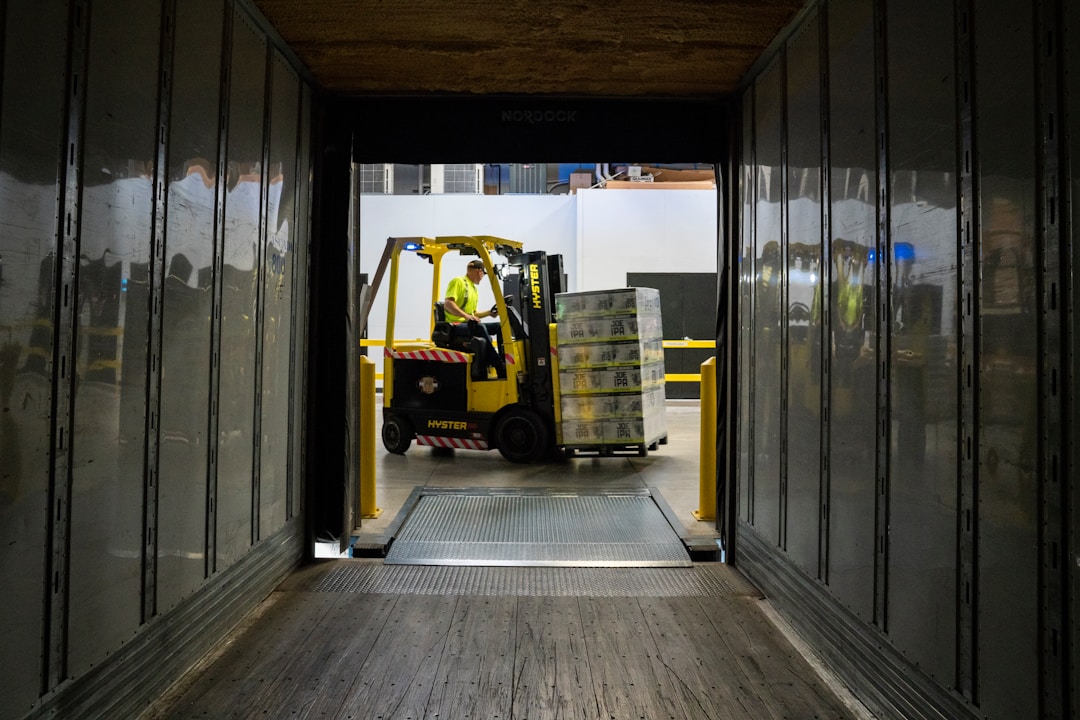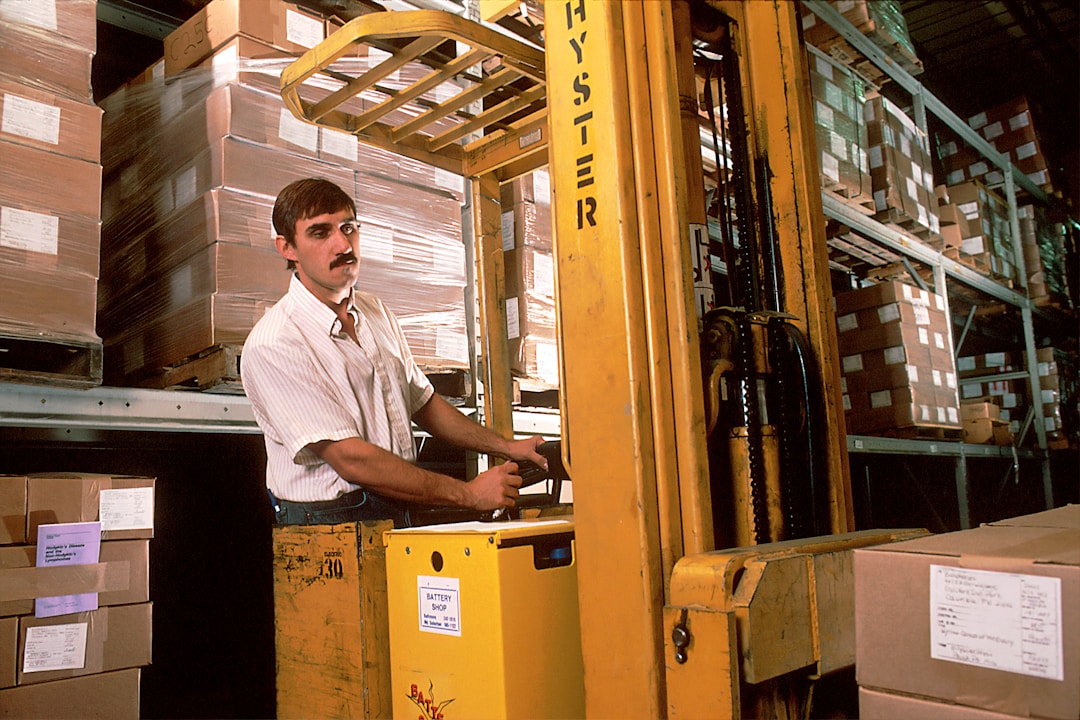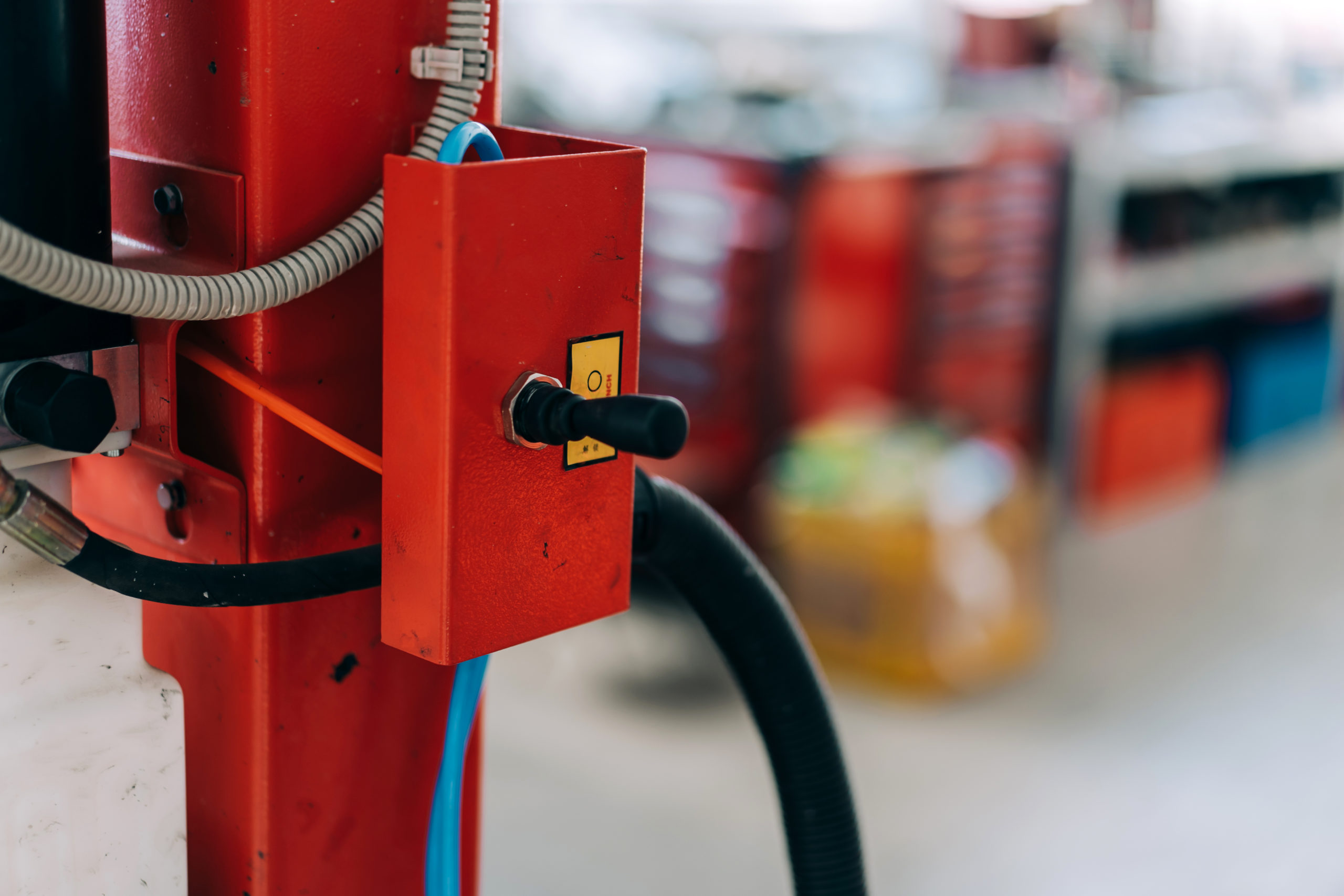A Guide to Commercial Lifting Equipment
Many businesses and warehouses require constant heavy lifting of equipment and products around the factory floor. Manually lifting heavy objects can cause severe injuries and strain. The best way to move or transport heavier loads is to use commercial lifting equipment such as forklifts and pallet jacks. Essentially, the lifting equipment facilitates the lifting of heavy objects in commercial work environments. Here’s a comprehensive guide to commercial lifting equipment.
Types of Lifting Equipment

There are many different types of lifting equipment. We’ve listed a few common ones below.
1. Stackers
Unlike every other forklift, stackers don’t have cabs. The forklift operator walks behind the machine and steers it using the attached handle. What it lacks in speed and power, the stacker makes up for it in safety and maneuverability. Stackers come in different types, including electric straddle stackers, wrap-over stackers, and powdered stackers. This lifting equipment is ideal for block-stacking, order picking, pallet transport, and vehicle loading.
Consider scheduling routine commercial lifting equipment inspection to ensure compliance, reduce the risk of workplace injuries, prevent equipment failure or significant repairs, and save money on replacements. OSHA standards recommend an annual inspection for forklifts.
2. Counterbalance Forklifts
Counterbalance forklift is arguably the most common type of forklift truck. Specifically, they have protruding forks in front of the device designed to streamline the lifting process. The machine features a weight at the back of the lift truck to cancel out the load at the front. Counterbalance forklifts are often used in warehouse facilities with large inventories. They’re a viable option for loading and unloading balanced materials and pallets. Additionally, you can use them to remove and move items from delivery trucks.
Contrary to popular belief, metal forks found in lift trucks are destructible. They wear out like every other machine part. Remember, forks or tines play a critical role in the smooth operation of lift trucks. The Occupational Safety and Health Administration (OSHA) regulations state that you should order a lift truck fork replacement once you notice fork wear during the periodic inspection. Keep in mind that normal wear can cause significant fork damage.
3. Telehandler
A telehandler features an articulating boom and extendable arm attachment. Also known as a reach or telescopic forklift, the machine is primarily a combination of a forklift and a crane. An operator can use the extended twin forks attached to the extendable arm to move pallets off the ground.
A telehandler can lift 5,500 pounds of items up to 19 feet in the air. The material handling equipment is an excellent option for reaching odd angles and tight spaces. No wonder telehandlers have become more prevalent in recent years.
Selecting the Right Lifting Equipment
Finding the right lifting equipment that’s appropriate for your project can be overwhelming, given the many types available on the market. Before selecting a piece of lifting equipment or forklift, you must determine the right lift required for the project. Essentially, this refers to the maximum weight you want the equipment to pick up at a go.
Another critical factor to consider is whether training will be required to operate the machine. You may likely need to organize a forklift operator training program for your operator. You may choose to conduct the training in-house or outsource to a specialist training company.
Forklift Safety Tips

Prioritizing safety and maintenance is the minimum requirement to meet OSHA regulations. Try not to work near forklifts to avoid getting hit in the face. Regular use of forklifts can cause the forks to bend, crack, or wear down. One critical safety tip is to leave the operation of the truck to a trained forklift operator. Improper operation of the lift truck often results in fork damage. Furthermore, avoid using a forklift if the fork shows a crooked shank to blade angle, surface cracks, and wear to the fork hook.




